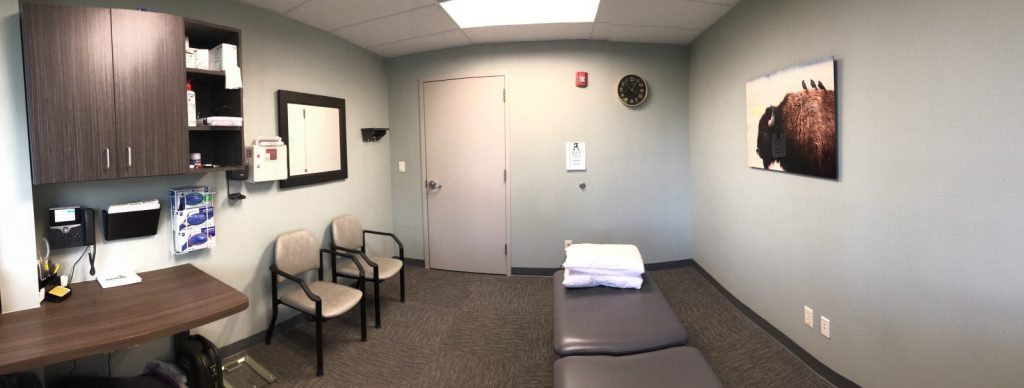Lymphedema Management
What is Lymphedema?
Lymphedema is the swelling and soft tissue changes that occur in the area of the body where an injury has occurred to the lymphatic system.
The lymphatic system plays a role in circulation and immune function. It carries fluid, waste products, bacteria, and protein molecules from the tissue through a series of vessels and nodes. The lymph nodes break down and eliminate the waste products and the protein rich fluid is brought back to the heart to rejoin the circulatory system. If the lymph vessels are unable to transport lymph fluid, it begins to accumulate in the tissues causing swelling. The protein molecules that remain in the skin cause an increase in scar tissue, swelling, and thickening of the skin.
This buildup of protein-rich lymph fluid in the skin is known as lymphedema. Once this condition occurs, the swelling may increase if not treated. Lymphedema is a chronic progressive condition that requires lifetime management, but fortunately there is treatment.
What are the causes of lymphedema?
Lymphedema can be caused by any trauma that damages the skin because the lymph vessels reside there. Lymphedema most often develops in one arm or leg, but may be present anywhere in the body.
Primary Lymphedema is caused by congenital malformations of the lymphatic system. The malformations are most common in women. They may be present at birth, or may develop later, often during puberty or pregnancy. Primary lymphedema is most common in the legs, but may also occur in other body parts.
Secondary Lymphedema is a result of damage or trauma to the lymphatic system. Cancer treatments, such as surgery or radiation are the most common causes, though not everyone who has these treatments develops lymphedema.
Lymphedema may start immediately after surgery, or it may develop years later, or with infections or injuries to the skin. Untreated vein problems in the legs can also develop into lymphedema.
What are the signs and symptoms of lymphedema?
- Aching, discomfort, soreness or pain in the affected area
- Feelings of heaviness, fullness, or tightness in the skin
- Less movement or flexibility in a joint
- Clothing, bras, underwear, jewelry, or shoes feel tight
- Swelling that fluctuates and may leave an indented spot in the skin when pressed
- Numbness/ tingling in the involved limb
Our comprehensive Lymphedema treatments include:
- Manual Lymphatic Drainage(MLD): A gentle, hands-on massage of both the affected body part and adjacent selected areas. MLD can move lymph fluid from the swollen region into parts of the lymphatic system that are still functioning. From there, the fluid is transported throughout the circulatory system.
- Compression Bandaging: After MLD, the treated area is wrapped with layers of compression bandages. Bandages help prevent the re-accumulation of lymphatic fluid.
- Therapeutic Exercise: Medically supervised exercise programs are designed to strengthen muscles and improve circulation and function of the lymph system.
- Personalized Education in Self-Care: Our Lymphedema therapy specialists will teach you how to maintain your treatment progress through at-home techniques, including self-bandaging, self-massage, exercise, skin and nail care.



